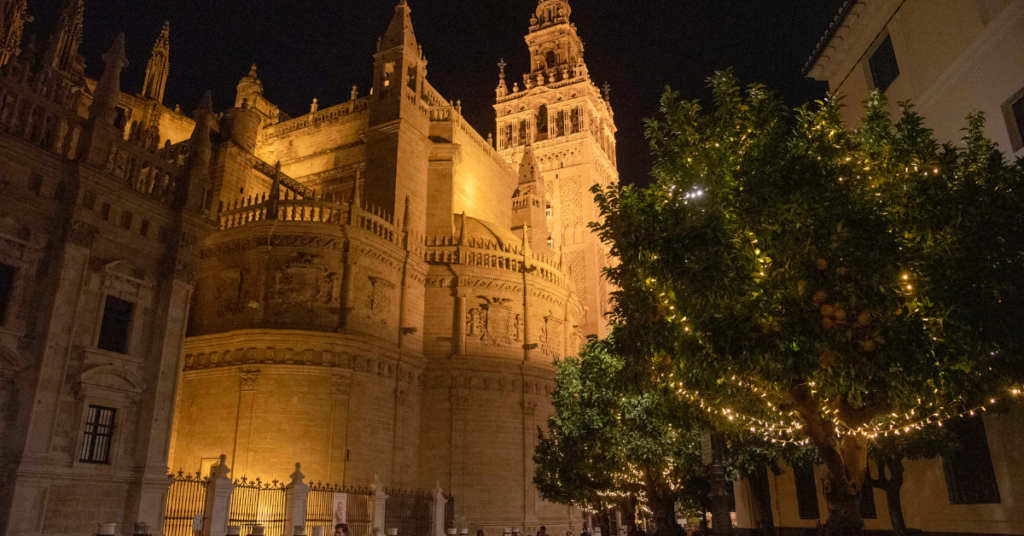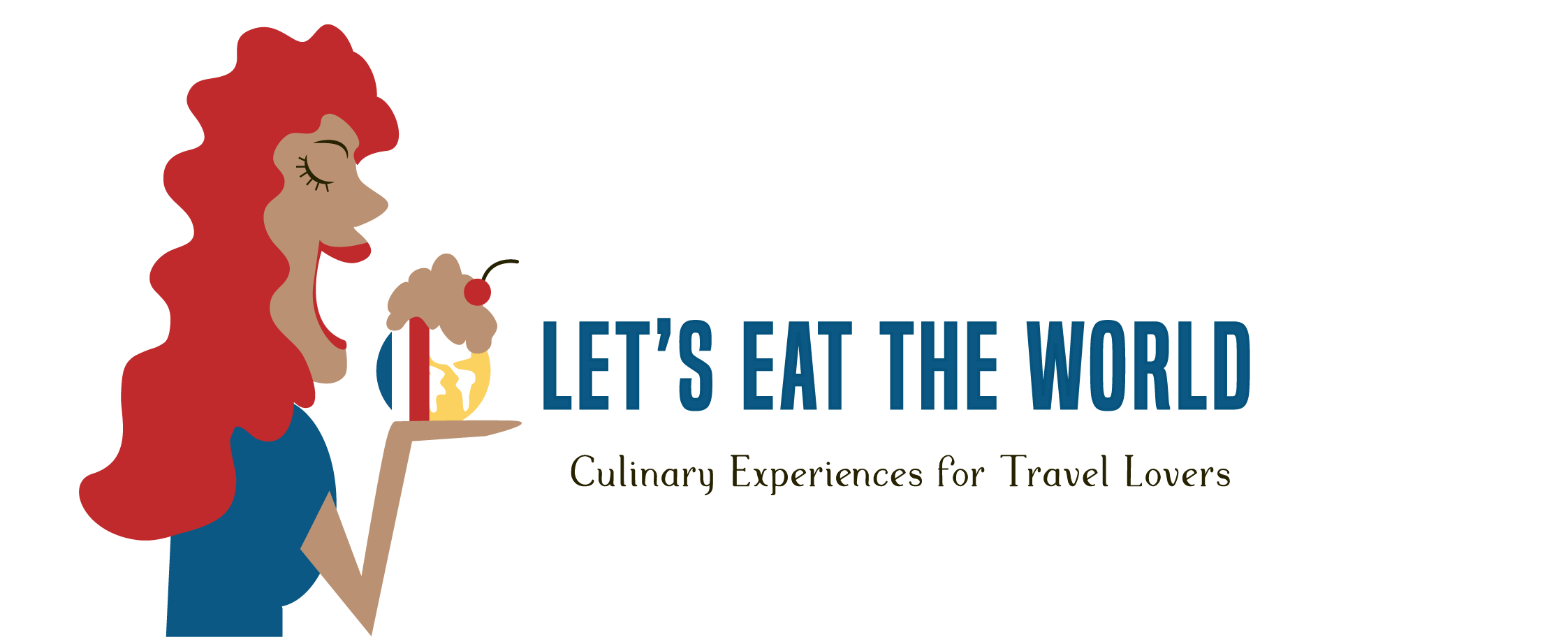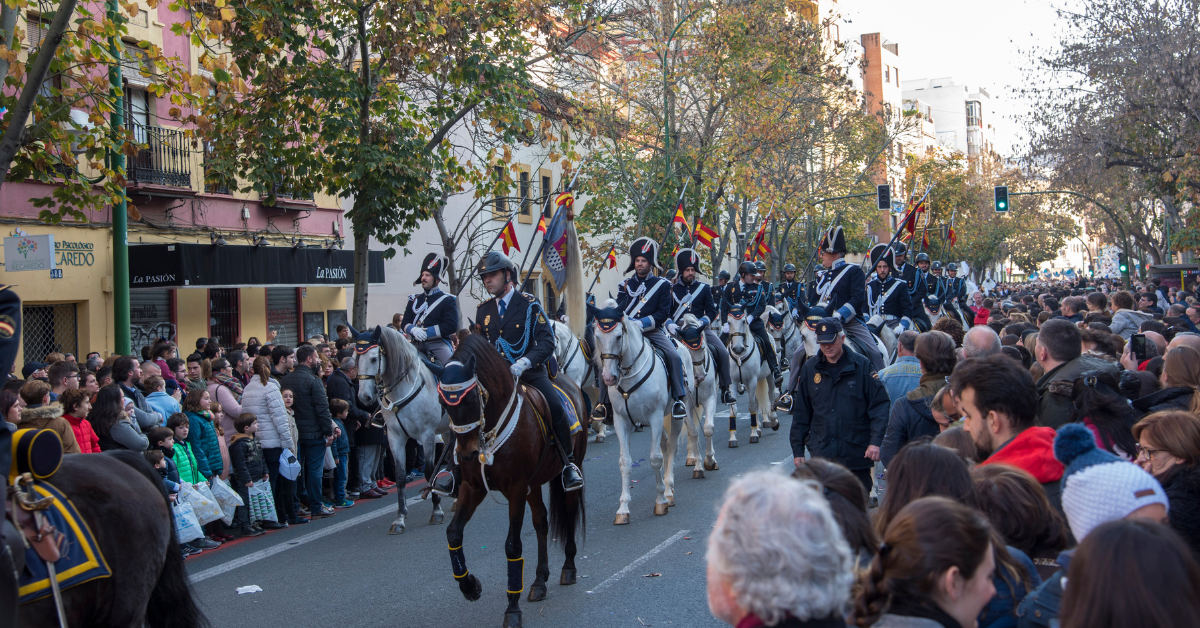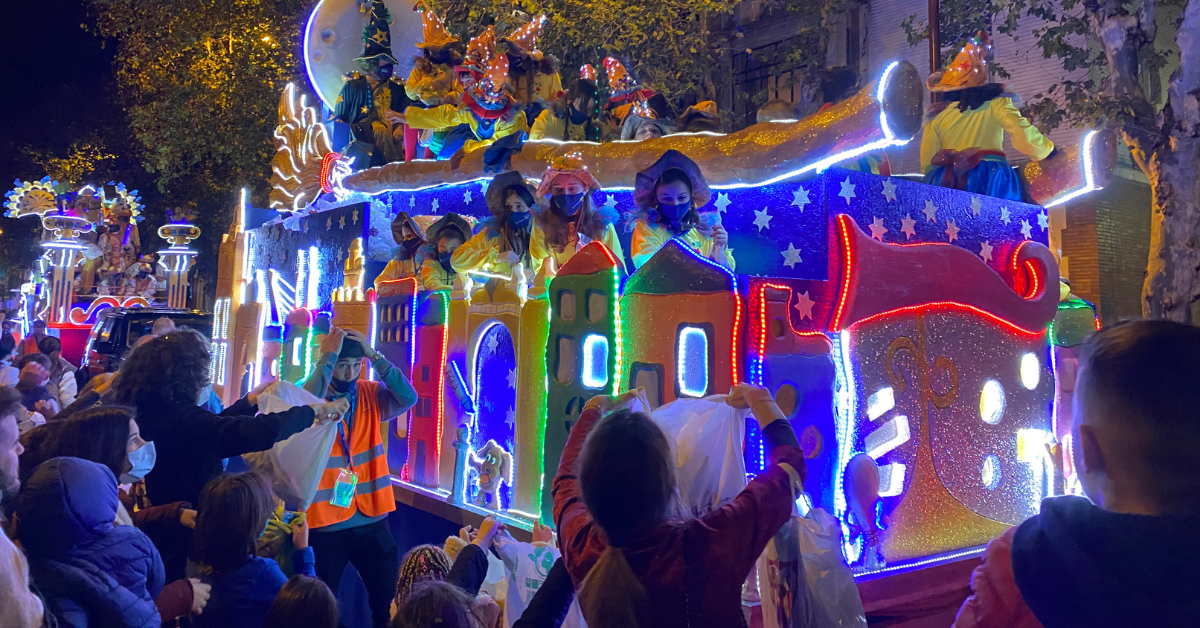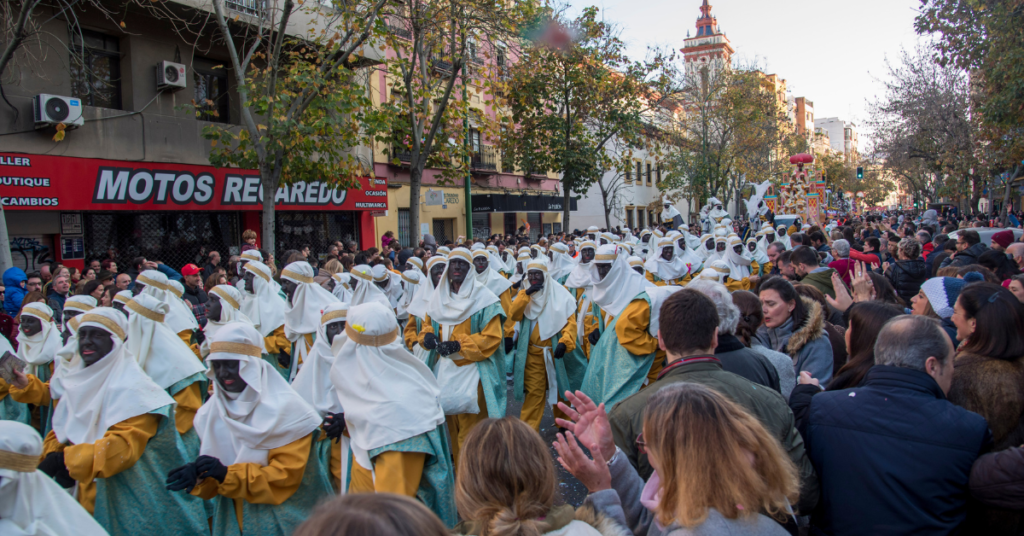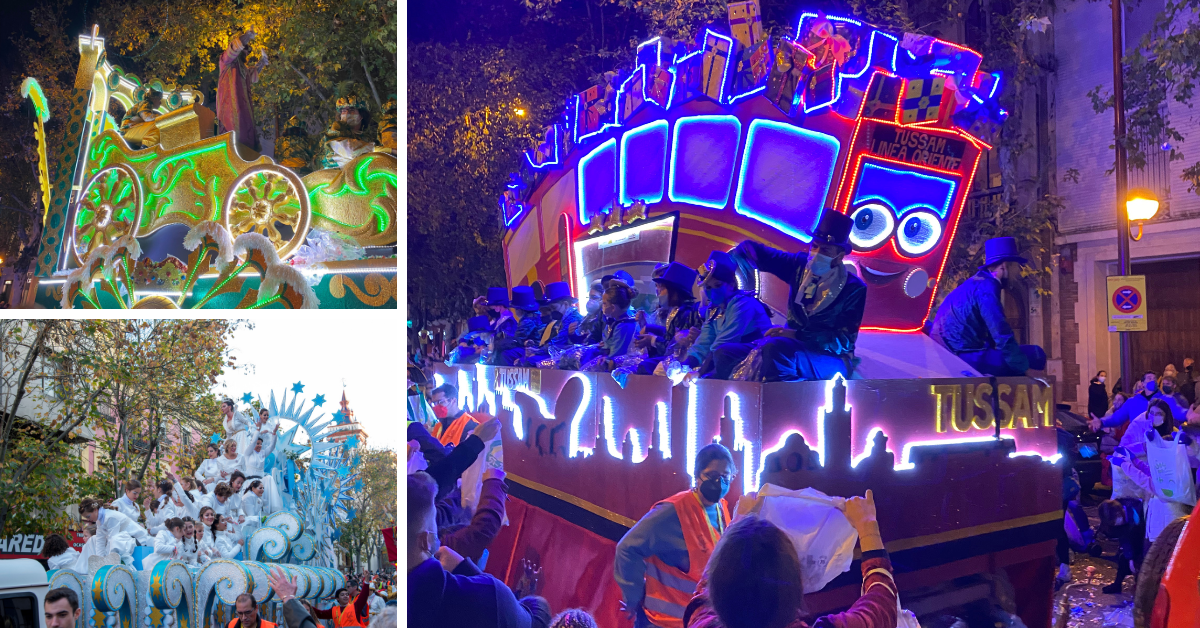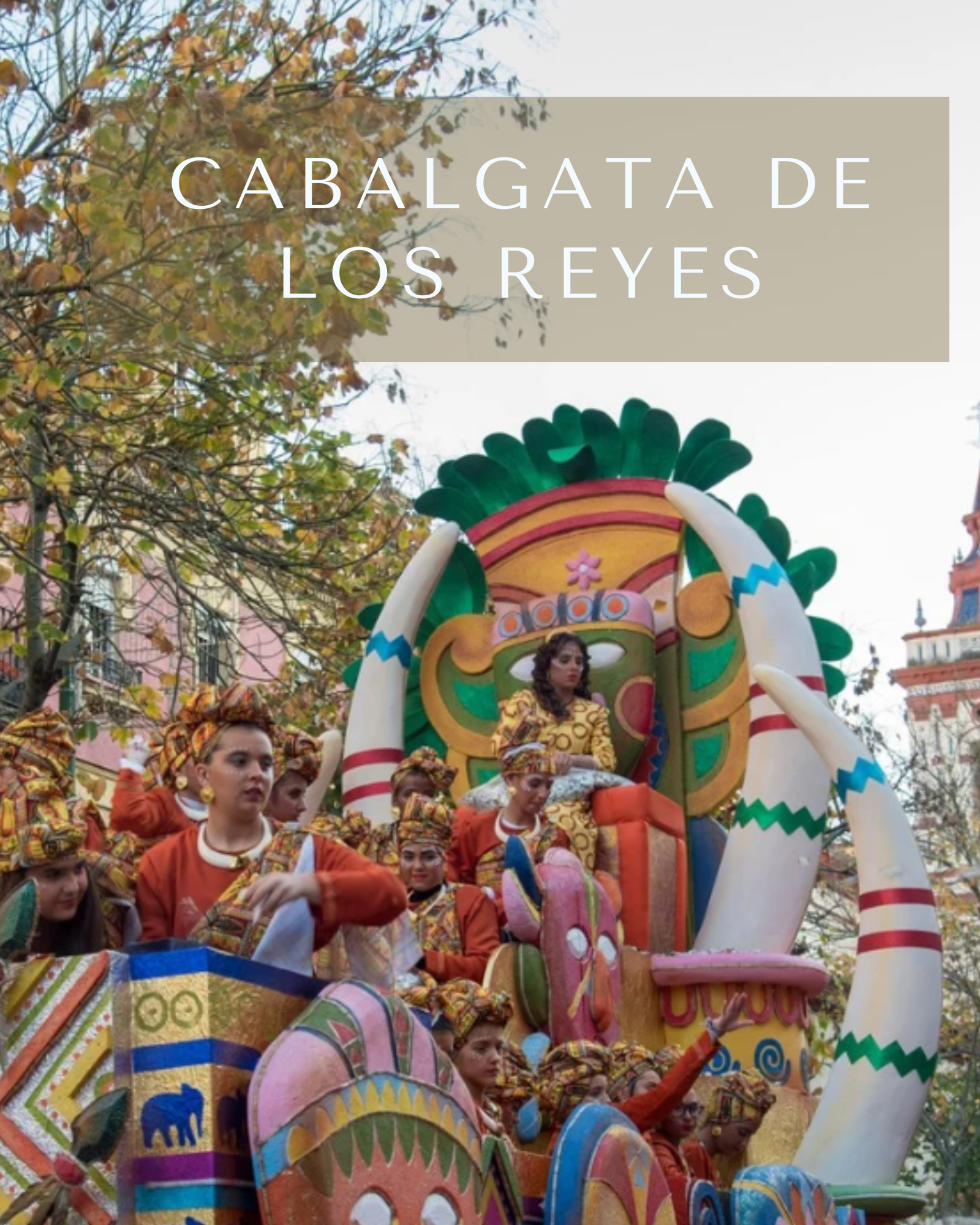
Cabalgata de Los Reyes
Christmas may be over but the party has just begun in Seville – the 3 kings are coming! Yet another great reason why to visit Seville!
The Cabalgata de los Reyes Magos in Seville is a cherished tradition that has captivated both locals and visitors for over a century. Organized by the Ateneo de Sevilla, this grand parade on January 5th brings the biblical Magi—Melchor, Gaspar, and Baltasar—to life, distributing sweets and gifts to delighted crowds.
Historical Background
The inaugural Cabalgata took place in 1918, spearheaded by José María Izquierdo, then vice president of the Ateneo de Sevilla. Conceived as a charitable initiative, the procession aimed to bring joy to underprivileged children by distributing toys and sweets. The first parade featured ox-drawn carts laden with gifts, with Izquierdo himself portraying King Gaspar. The event was met with overwhelming enthusiasm, as reported by José Laguillo in El Liberal:
“Toda Sevilla se echó a la calle ansiosa de presenciar el espectáculo de la Cabalgata organizada por el Ateneo sevillano.”
All of Seville took to the streets, eager to witness the spectacle of the Parade organized by the Sevillian Ateneo.
Over the years, the Cabalgata has evolved, incorporating camels, dromedaries, and even elephants to carry the Magi. The procession has expanded to include elaborate floats, musical bands, and a growing number of participants, solidifying its status as a major cultural event in Seville.
The Role of the Ateneo de Sevilla
Founded in 1887, the Ateneo de Sevilla is a cultural association dedicated to promoting arts, literature, and science. The organization has been instrumental in sustaining the Cabalgata, ensuring its continuity and relevance in Seville’s cultural landscape.
Contemporary Discussions: The Depiction of King Baltasar
In recent years, the portrayal of King Baltasar has sparked debate. Traditionally depicted as a figure of African descent, some processions have used actors in blackface, a practice increasingly recognized as offensive. Cities like Málaga have responded by prohibiting face painting in official processions, opting for authentic representation. Seville’s approach varies, with some processions continuing the traditional portrayal, prompting discussions about cultural sensitivity and the evolution of traditions.
Experiencing the Cabalgata
Attending the Cabalgata offers a profound insight into Seville’s rich cultural heritage. The event is a sensory feast, with vibrant floats, melodious bands, and the joyful distribution of sweets. It also provides an opportunity to reflect on how traditions adapt over time, balancing historical authenticity with contemporary values.
Savoring the Roscon de Reyes
No celebration of Los Reyes is complete without indulging in the Roscon de Reyes, a crown-shaped sweet bread adorned with candied fruits. This delightful treat symbolizes the crowns of the Magi and often contains a hidden figurine, bringing an element of surprise to the festivities.
For those interested in baking their own Rosca de Reyes, here’s a traditional recipe to bring this Spanish delicacy to your home.
The Cabalgata de los Reyes Magos in Seville is more than a parade; it’s a living testament to the city’s enduring traditions and communal spirit. Engaging with such events allows travelers to deepen their understanding of cultural practices, appreciate their complexities, and participate thoughtfully in ongoing dialogues about tradition and representation.
For more information on the history of the Cabalgata, visit the Ateneo de Sevilla’s official page. And if you’d like to enjoy 8 days of cooking, tapas, wine, & flamenco in Seville, you must join Let’s Eat Seville! It’s a culinary holiday that you won’t soon forget.
